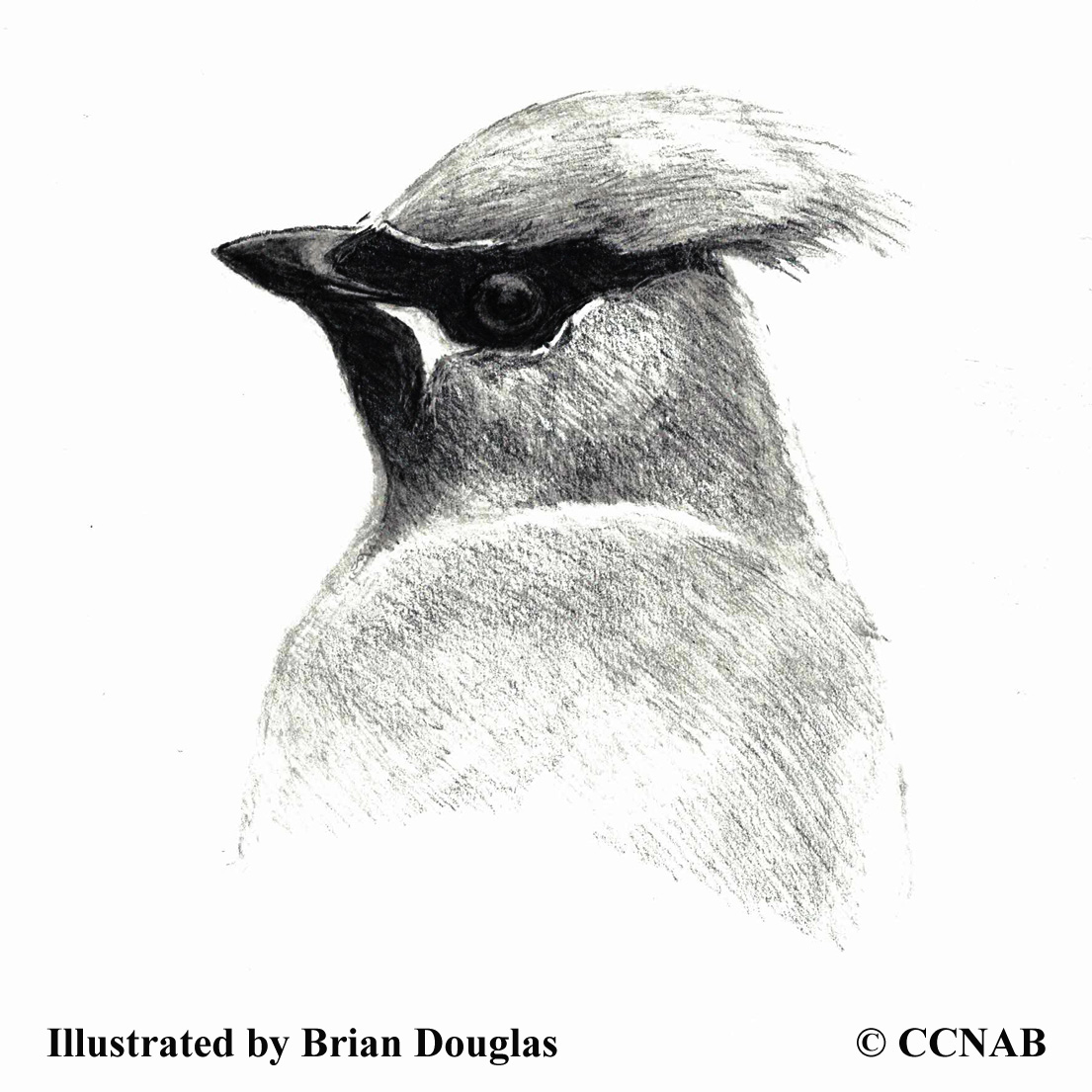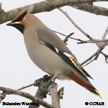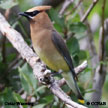Field Guide for all the Birds of North America
Waxwings
Jaseurs
Bombycillidae
Information, images and range maps on over 1,000 birds of North America, including sub-species, vagrants, introduced birds and possibilities
North American Bird Search Box
There are two types of waxwings in North America, the Bohemian Waxwing and the Cedar Waxwing. Both types share similar habits. They are known to move about in large flocks and feed heavily on one or more fruit trees and then move on when the food supply is depleted.

The Bohemian Waxwing is found in the northwestern regions of the continent. It is seen occasionally in large flocks in eastern Canada and the northern parts of the United States, and this most often, when their local food supplies are in short demand and they are searching elsewhere for new feeding areas.
Unlike the Bohemian Waxwing, the Cedar Waxwing is found throughout Canada and migrates into the southern reaches of North America. They live mostly on fruit and berries, with berries being their favourite food. It is not unusual for these birds to nest later on in the growing season, when the berries are at their highest capacity, which enables the parent to feed their young.
Reference to Other Bird Site:
ABA - American Birding Association This site represents an organization that maintains official records of all birds species that have been proven to have been seen inside the perimeters of the North American Continent and the surrounding bodies of water. Regular revised versions are posted to keep the bird list current at all times. This is the list used by all serious birders over their lifetime. You may be aware of the movie called the "Big Year". It was with this list that all the competing birders used in an attempt to set a new record as to how many bird species that could be seen by an individual birder in one calendar year.

